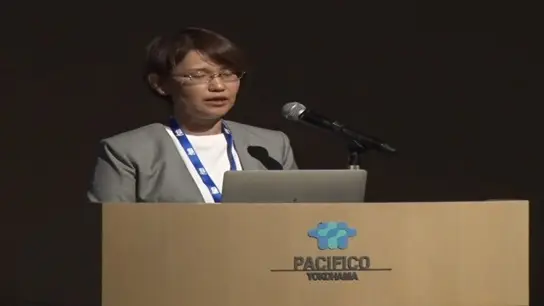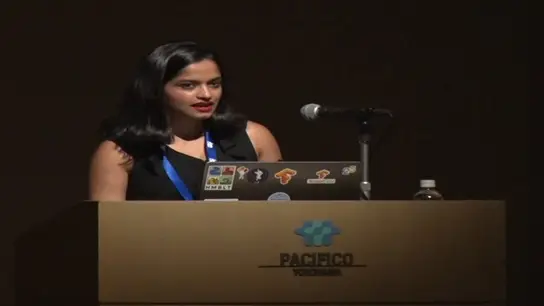-
Members: FreeCIS
IEEE Members: Free
Non-members: FreeLength: 01:00:21
14 Dec 2021
Abstract:
In the first Mojave Desert DARPA challenge in 2004 the best self-driving car could only manage about 7 miles. In 2021 however, after years of advancements in autonomous driving, several companies vehicles covered hundreds of miles with minor intervention. Machine learning (ML) in autonomous driving makes it possible for a vehicle to collect data on its surroundings using sensors, interpret the data and then decide what action to take. Recent advancements in ML allow self-driving systems to perform various tasks as well as or even better than humans.
A subset of ML called deep learning is the driving force for the majority of the autonomous driving tasks. However, with advancement in sensors such as Radar and Lidar, the computationally expensive deep learning black box technology is being challenged and a need for developing neural networks from scratch has arisen. Since autonomous driving is an extremely dynamic area of research, the challenges related to regulations, law enforcement, and ISO standards are still being worked out.
Biography:
Kanishka Tyagi received his Bachelor's Degree in Electrical Engineering in 2008 from G.B.Pant University of Agriculture and Technology, India. Later he worked as a Research Associate at the Department of Electrical Engineering, Indian Institute of Technology, Kanpur, with Dr.P.K.Kalra. He received his M.S. and Ph.D. degree with Dr. Michael Manry in Department of Electrical Engineering at The University of Texas at Arlington in 2012 and 2017 respectively. Currently, he works as a lead machine learning autonomous driving scientist at Aptiv corporation in Agoura Hills, California. Prior to Aptiv, he worked at Siemens research, interned in ML groups at The MathWorks and Google Research. He spent two summer of his grad school as a visiting researcher at Ajou University and Seoul National University, South Korea. His research interests are optimization theory, music and audio processing, neural networks, hardware machine learning and radar machine learning.
In the first Mojave Desert DARPA challenge in 2004 the best self-driving car could only manage about 7 miles. In 2021 however, after years of advancements in autonomous driving, several companies vehicles covered hundreds of miles with minor intervention. Machine learning (ML) in autonomous driving makes it possible for a vehicle to collect data on its surroundings using sensors, interpret the data and then decide what action to take. Recent advancements in ML allow self-driving systems to perform various tasks as well as or even better than humans.
A subset of ML called deep learning is the driving force for the majority of the autonomous driving tasks. However, with advancement in sensors such as Radar and Lidar, the computationally expensive deep learning black box technology is being challenged and a need for developing neural networks from scratch has arisen. Since autonomous driving is an extremely dynamic area of research, the challenges related to regulations, law enforcement, and ISO standards are still being worked out.
Biography:
Kanishka Tyagi received his Bachelor's Degree in Electrical Engineering in 2008 from G.B.Pant University of Agriculture and Technology, India. Later he worked as a Research Associate at the Department of Electrical Engineering, Indian Institute of Technology, Kanpur, with Dr.P.K.Kalra. He received his M.S. and Ph.D. degree with Dr. Michael Manry in Department of Electrical Engineering at The University of Texas at Arlington in 2012 and 2017 respectively. Currently, he works as a lead machine learning autonomous driving scientist at Aptiv corporation in Agoura Hills, California. Prior to Aptiv, he worked at Siemens research, interned in ML groups at The MathWorks and Google Research. He spent two summer of his grad school as a visiting researcher at Ajou University and Seoul National University, South Korea. His research interests are optimization theory, music and audio processing, neural networks, hardware machine learning and radar machine learning.


